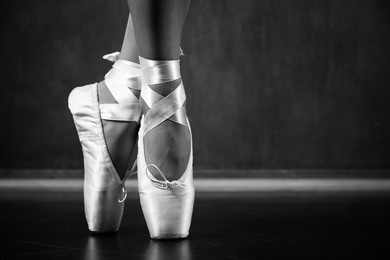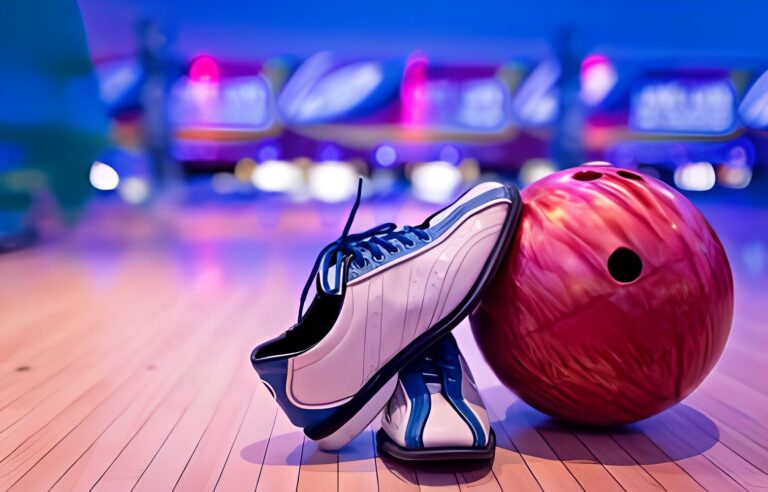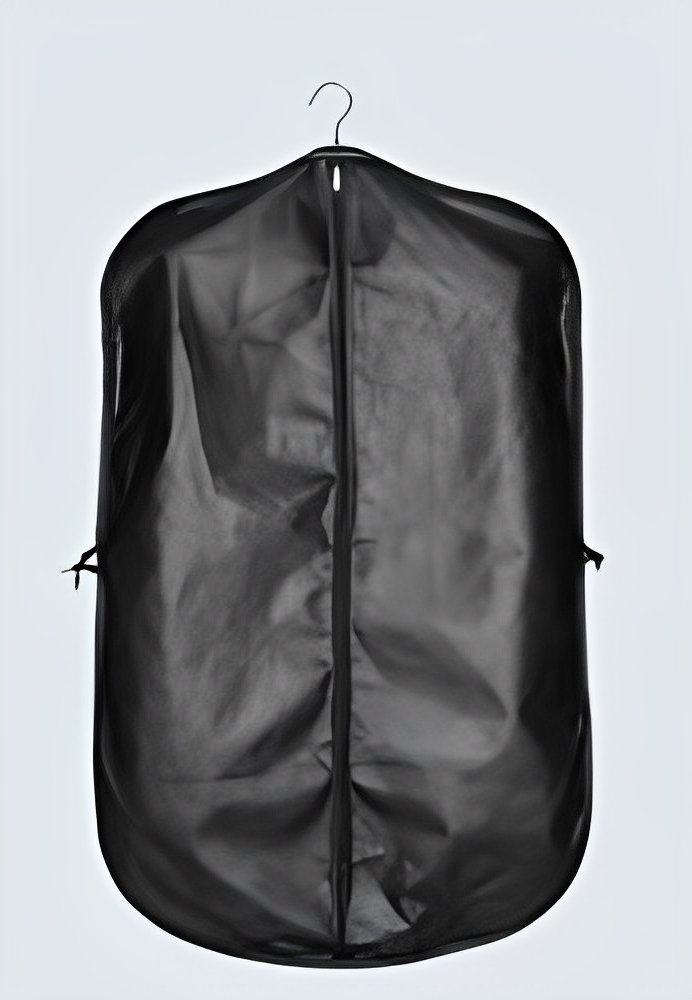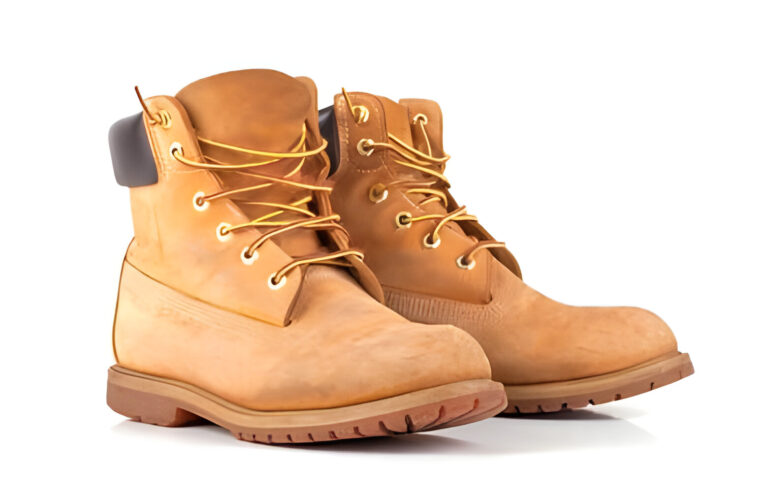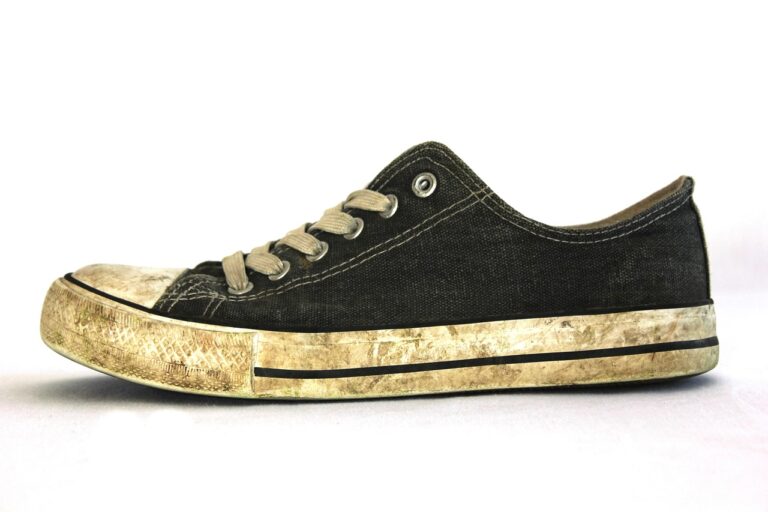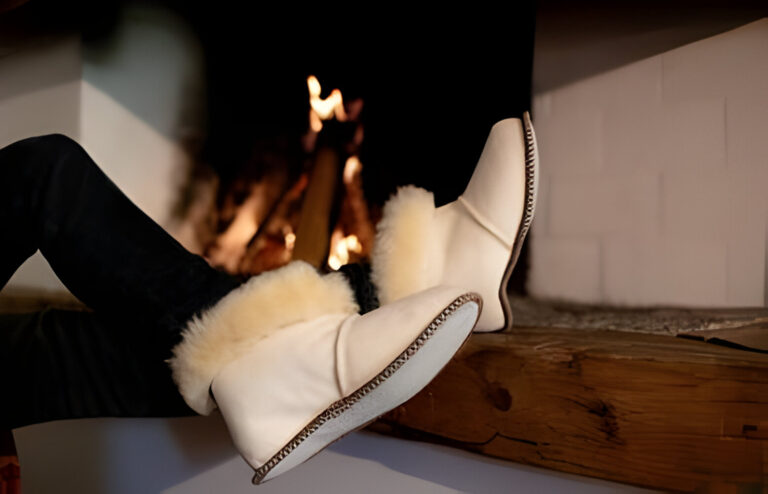How to Properly Fit Ballet Shoes: (2024)
Finding the How to Properly Fit Ballet Shoes is essential for dancers of all levels. Whether you’re a beginner or an experienced dancer, having ballet shoes that fit properly can greatly enhance your comfort, technique, and overall performance. In this comprehensive guide, we will explore the various factors How to Properly Fit Ballet Shoes to consider when fitting ballet shoes, including shoe size, width, material, and style. By following these guidelines, you’ll be able to find ballet shoes that provide optimal support, flexibility, and aesthetics.
Importance of Properly Fitting Ballet Shoes
Having ballet shoes that fit properly is crucial for dancers for several reasons. Firstly, the right fit ensures that your feet are adequately supported, reducing the risk of injuries such as sprains or blisters. Secondly, a well-fitted shoe allows for proper alignment and articulation of the feet, enhancing your technique and overall performance. Lastly, correctly fitting ballet shoes contribute to a polished and professional appearance, as they accentuate the lines and shape of your feet.
Choosing the Right Size Ballet Shoe
When it comes to ballet shoe sizing, it’s essential to remember that sizing can vary between brands. Therefore, it’s always recommended to try shoes on in person before making a purchase. Here are some guidelines to help you choose the right size ballet shoe:
- Visit a Dance Supply Store: To ensure the best fit, visit a dance supply store where you can try on different types and brands of ballet shoes. The professionals at the store can provide expert guidance and assistance.
- Try Shoes on with Dance Tights or Socks: When trying on ballet shoes, always wear the tights or socks that you would normally wear during dance practice. This ensures a more accurate fit.
- Stand Up and Assess Fit: Once you’ve put on the shoes, stand up and observe how they conform to your feet. The shoes should fit snugly but comfortably, almost like a second skin. Avoid shoes that are too loose or too tight.
- Check for Excess Material: Pay attention to any excess material around the toe or heel area. If there’s significant bunching or gaps, the shoes may not be the right size for you.
- Consult the Manufacturer’s Size Chart: Each brand may have its own size chart, so refer to the manufacturer’s guidelines to find the most suitable size for your feet.

Evaluating the Width of Ballet Shoes
In addition to length, the width of ballet shoes is another important consideration. Ballet slippers may come in different widths, catering to dancers with narrow, medium, or wide feet. Here’s how to assess the width of ballet shoes:
- Narrow Width: If you have narrow feet, look for ballet shoes that are specifically designed for narrow widths. These shoes will provide a snug fit without any noticeable gaps between the arch of your foot and the sides of the shoe.
- Medium Width: Most ballet shoes are available in a medium width, which generally fits the majority of dancers. These shoes should provide a comfortable and secure fit without excessive tightness or looseness.
- Wide Width: If you have wider feet, certain brands offer ballet shoes in wide widths. These shoes will provide more room in the toe box area, accommodating the width of your feet without causing discomfort or constriction.
Read More: How to Clean Your Staheekum Slippers
Adjusting the Fit of Ballet Shoes
Sometimes, even after finding the right size and width, you may need to make minor adjustments to achieve the perfect fit. Here are some tips for adjusting ballet shoes:
- Drawstring Adjustment: Many ballet shoes feature a drawstring that allows for a customizable fit. With the shoes on your feet, locate the drawstring near the toe area and adjust it until the shoes feel secure yet comfortable. Tie the drawstring in a bow or a double knot and tuck it in to prevent it from becoming a distraction during dance practice.
- Elastic Strap Placement: Some ballet shoes come with elastic straps that can be attached to the shoe to provide additional support and security. Experiment with different strap placements to find the most comfortable and effective configuration for your feet.
- Padding and Inserts: If you have specific foot concerns or require additional support, consider using padding or inserts inside the ballet shoes. Gel pads, arch supports, or heel cushions can be helpful in addressing specific comfort or alignment issues.
Read More: How to Clean and Maintain Your Jack Rogers Sandals
Selecting the Material and Style of Ballet Shoes
Ballet shoes are typically made from either canvas or leather, each offering unique characteristics and benefits. Additionally, there are various styles of ballet shoes to choose from, depending on your preferences and dance requirements. Consider the following factors when selecting the material and style of your ballet shoes:
- Canvas Ballet Shoes: Canvas ballet shoes are lightweight, breathable, and have a more flexible feel. They conform closely to the shape of your feet and are a popular choice for dancers seeking a snug and streamlined fit.
- Leather Ballet Shoes: Leather ballet shoes provide durability, structure, and stability. They tend to mold to the feet over time, offering a personalized fit. Leather shoes are ideal for dancers who require more support or prefer a slightly firmer feel.
- Split Sole vs. Full Sole: Ballet shoes are available in split sole or full sole options. Split sole shoes feature separate soles for the heel and toe areas, allowing for enhanced flexibility and articulation. Full sole shoes have a continuous sole, providing more support and stability. Consider your dance style and personal preferences when choosing between split sole and full sole ballet shoes.
FAQs
How should ballet shoes feel on my feet?
Can I order ballet shoes online without trying them on?
It’s generally recommended to try on ballet shoes in person before purchasing, especially if you’re a beginner or trying a new brand. Once you know your size and preferred style, you may feel more confident ordering online.
How often should I replace my ballet shoes?
Can I wear socks with ballet shoes?
Conclusion
Properly fitting ballet shoes are essential for dancers of all levels. By considering factors such as shoe size, width, material, and style, you can find ballet shoes that provide comfort, support, and optimal performance. Remember to visit a dance supply store, try on shoes with dance tights or socks, and assess the fit by checking for excess material. Don’t forget to make minor adjustments, such as drawstring tightening or elastic strap placement, if needed. With well-fitted ballet shoes, you’ll be able to focus on your technique, expressiveness, and enjoyment of dance. Happy dancing!

